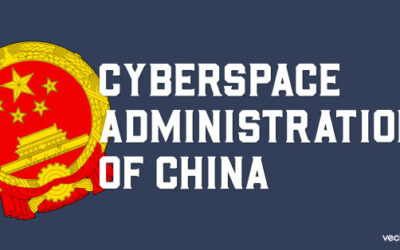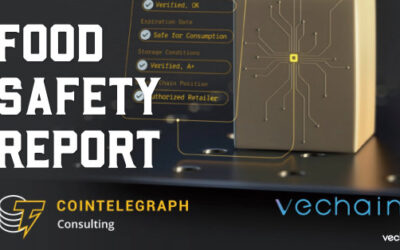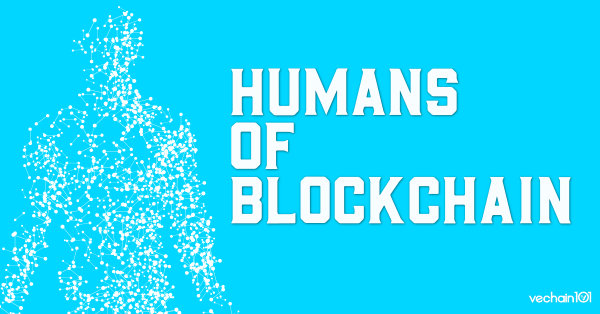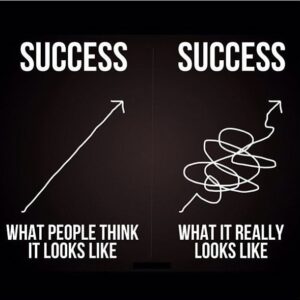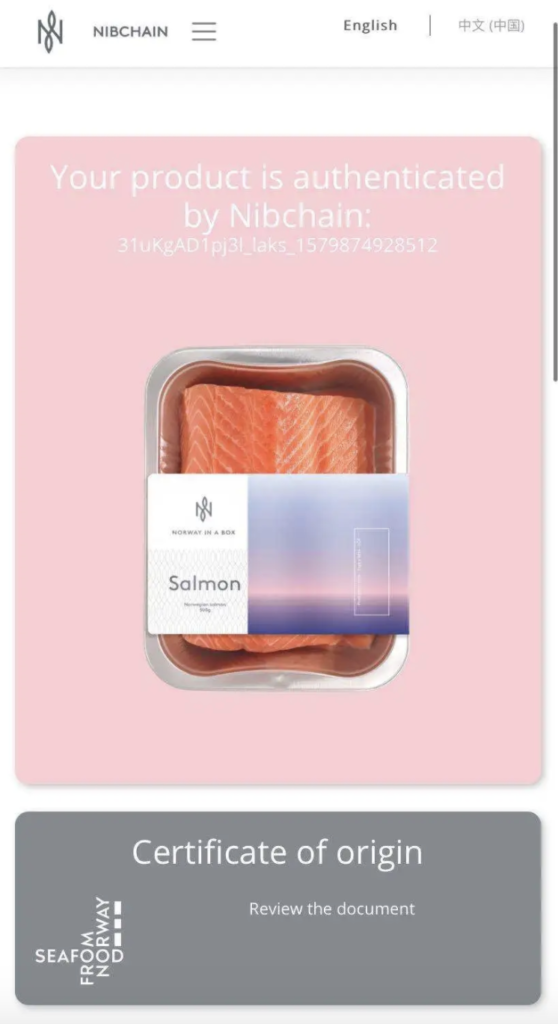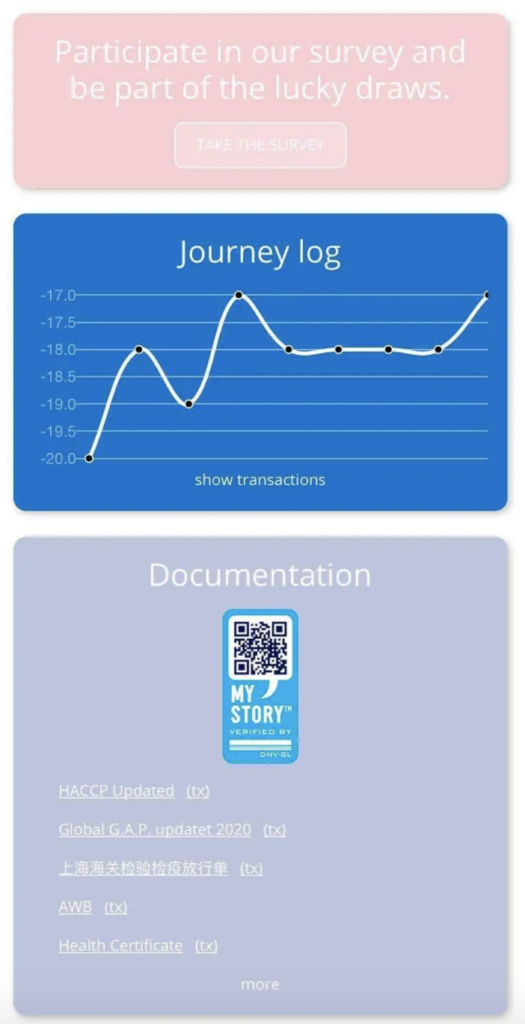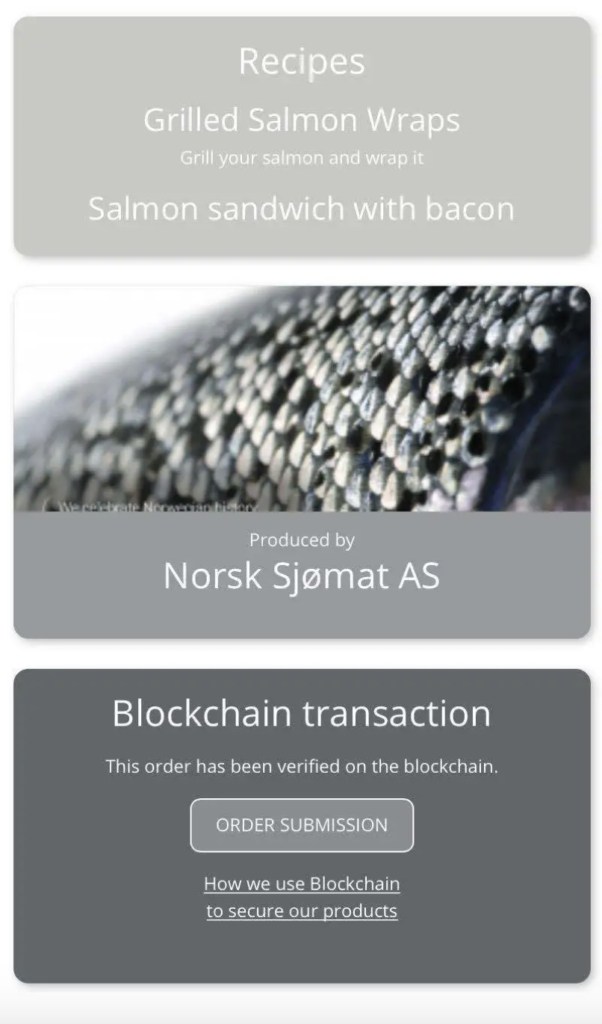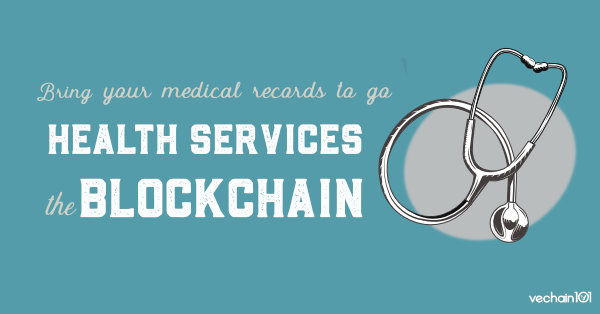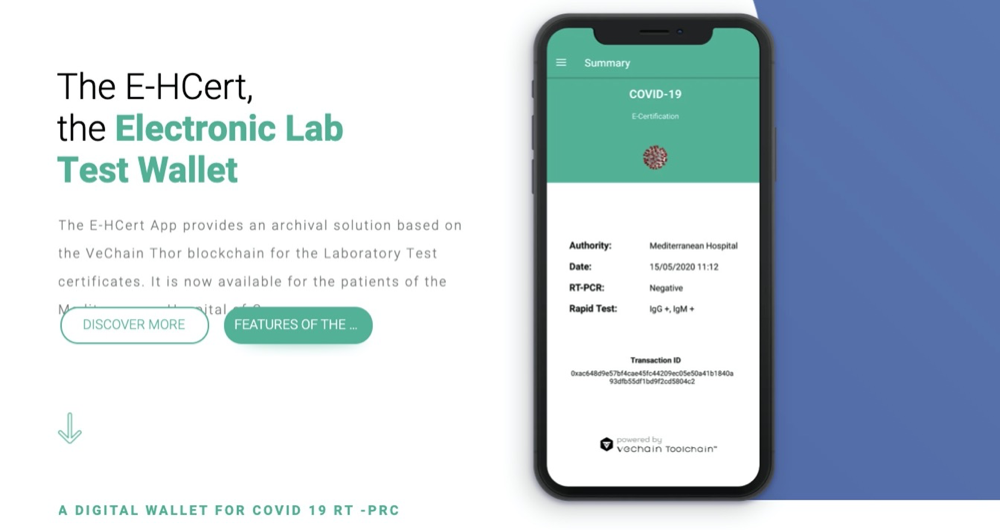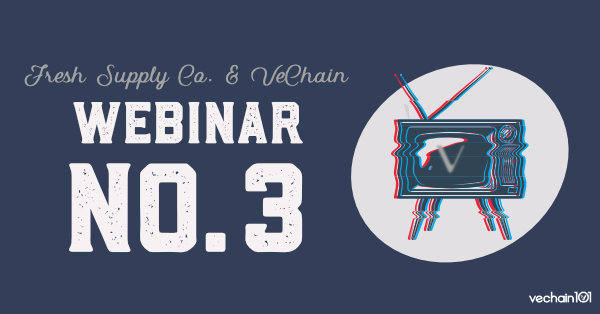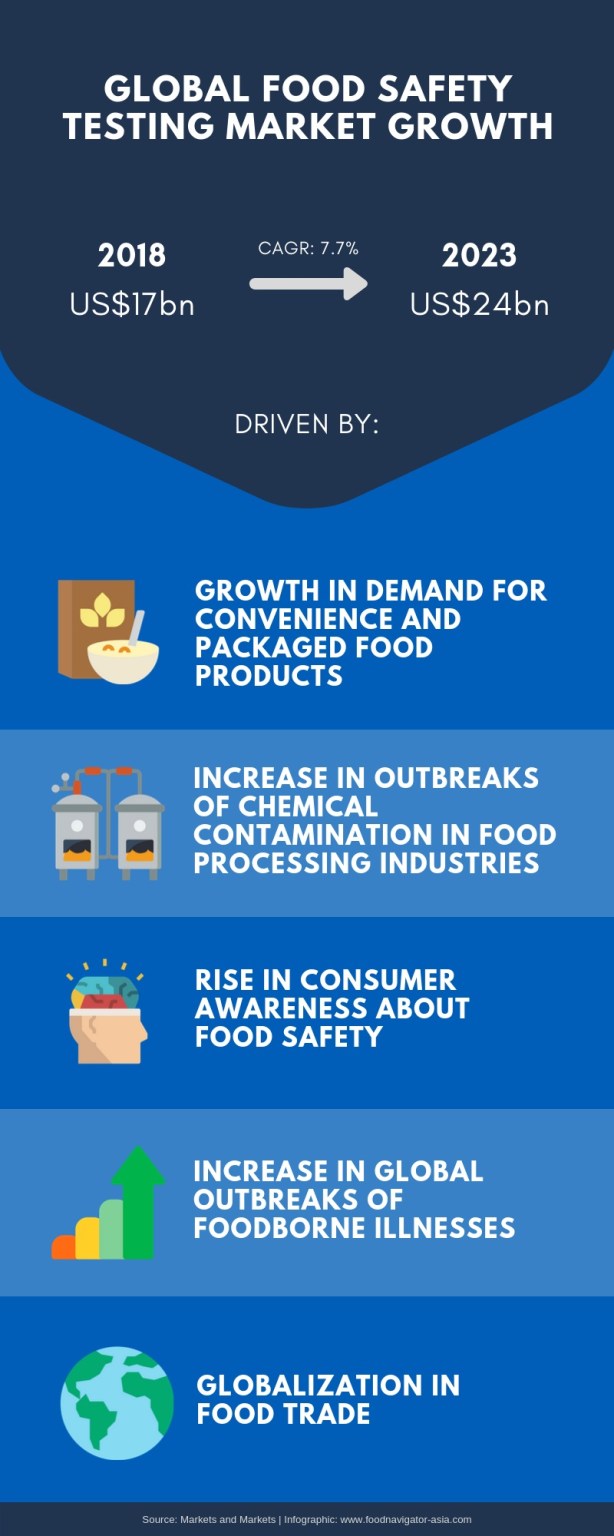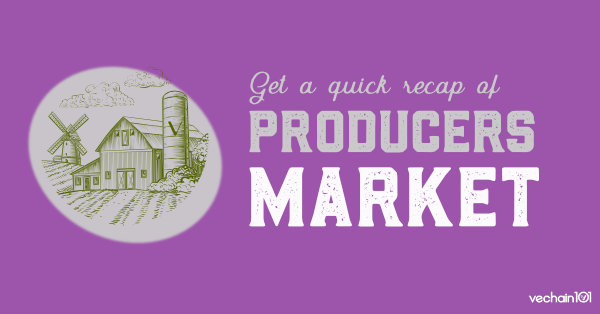
Empowering producers and building D2C models with blockchain
VeChain’s 5th webinar focused on Producers Market, a digital marketplace linking stakeholders in the agricultural ecosystem that aims to bring “transparency and trust from soil to sale”.
Their vision is to develop a one-stop app that connects producers with consumers and captures all value chain data from end to end. Hosted by Jason Rockwood, VeChain’s General Manager in America, and Alex Karzag, Producers Market’s Chief Project Officer, the episode gave us a glance at their collaborations and upcoming projects.
Business as a force for good
Many projects leverage blockchain to increase supply chain transparency and detect operational inefficiencies as well as new business opportunities. However, few of them are as impact driven as Producers Market. In addition to private corporations, the company works with governmental organisations and NGOs to have a positive social impact and empower underserved farmers. An example is their collaboration with the United Nations Environment Programme (UNEP), via which they are helping to plan the growth and expansion of the Zero Budget Natural Farming project in India.
The power of story telling
VeChain’s collaboration with Producers Market involves StoryBird, a platform that engages producers with consumers and enables them to gather and share data with the public via a QR code .
“One of the big purposes of StoryBird is consumer education through storytelling so they can make empowered decisions. Give them the ability to make these conscious and empowered decisions about their consumption habits. And really at the end it also gives everyone else in the supply chain the chance to tell their story.” – Alex Karzag
As a content delivery system, StoryBird doesn’t require blockchain for all its use cases. However, for many of them, blockchain is the backbone of the producer’s story telling; allowing the verification of data for any supplier or product claim. By giving producers a way to build a trusting digital presence, StoryBird also opens the door to new direct-to-consumer business models; an opportunity that Producer Market hopes to grasp. As Jason pointed out, consumers rarely know the real origin of their products, trusting retailers like Whole Food or Walmart to make the right decisions. But what happens when this trust is broken such as during the 2013 horse meat scandal in Europe? By connecting producers with consumers, suppliers become more accountable and where possible, fairer trades and direct to consumer sales can be introduced.
Like with Fresh Supply Co., Producers Market has worked with IBM’s Food Trust on initiatives before. However, they were attracted to VeChain due to its easy to deploy, cost-effective and scalable design. According to Alex, VeChain’s architectural structure was also a key factor as it readily allowed them to apply a Resources, Event, Agents (REA) accounting approach; a modelling technique that traces all the resources in a supply chain, captures the value creation pattern in all interactions and reveals why business processes occur. In their case, the resources are the products represented by the VeChain IDs, the events are the transaction IDs and the agents (or organisations involved) are the user IDs.
Looking to the future, it was promising to learn that an animal protein project is in the works and that Producers Market has a pipeline that includes an Australian organic essential oils business, a Central American produce retailer and several associations looking to prevent fraud of Costa Rican coffee products. Being a startup however, I’m curious to see how the team manages to cope with such diverse and international partnerships. Blockchain companies already need to overcome knowledge gap challenges and adding cultural, communication and time zone differences into the mix further increases the complexity of such projects. That said, with reliable partners and by continuously building on their experience, I am optimistic that Producers Market will continue empowering producers and make a global social impact.
A recap of the webinar can be found below:
For more information visit Producers Market’s website.




